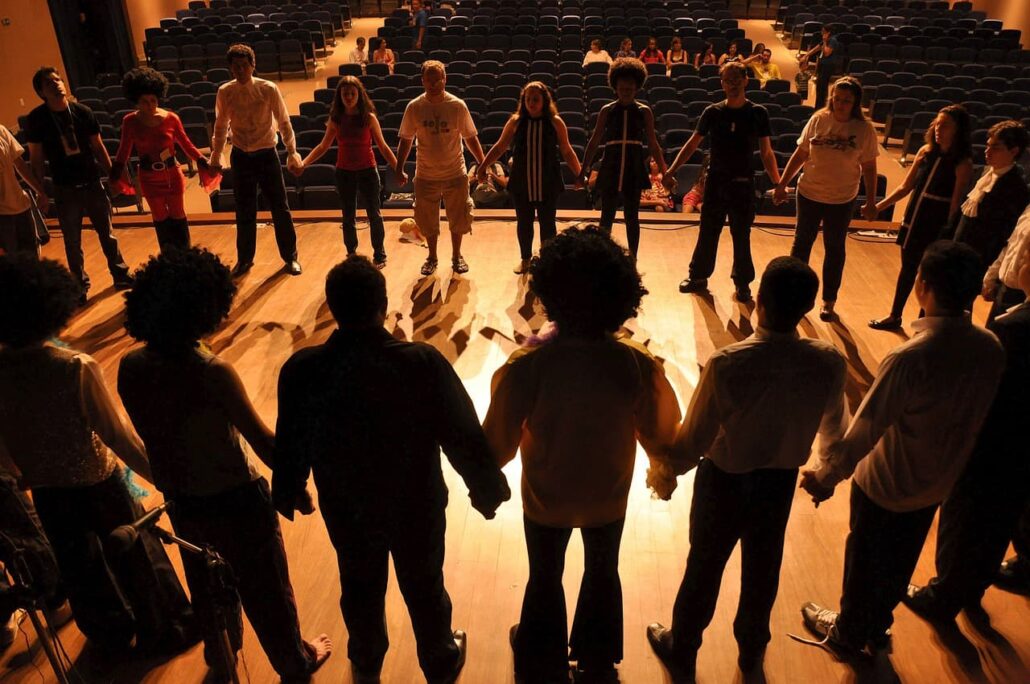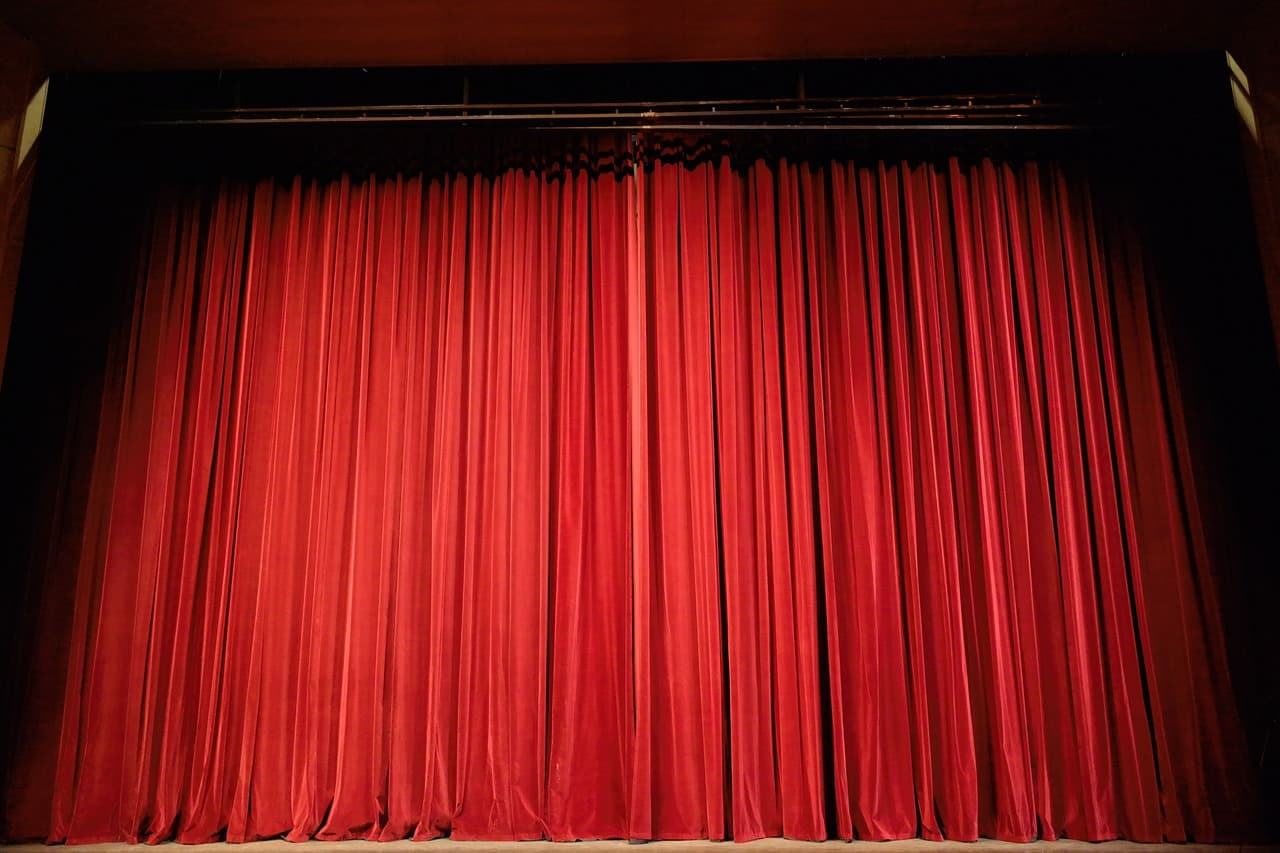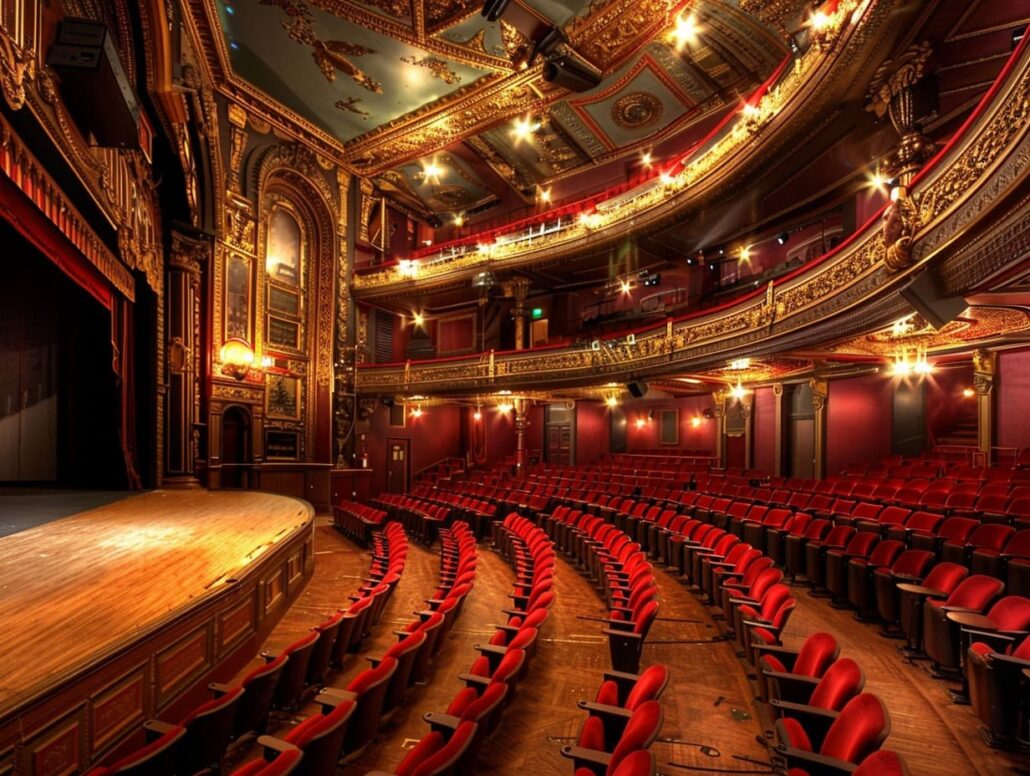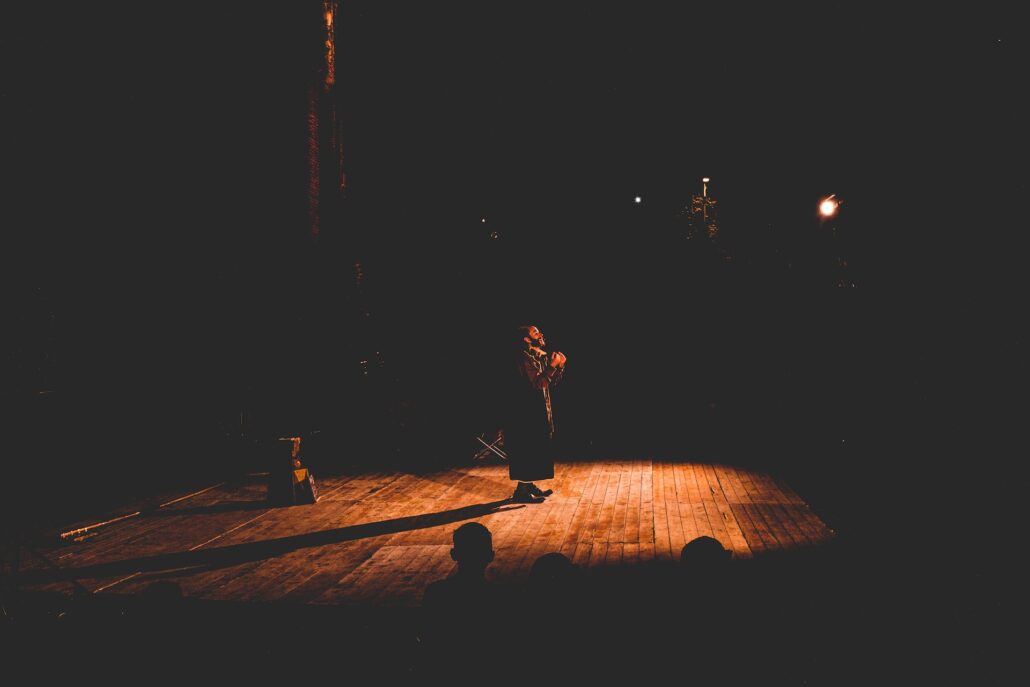The theater, a living and breathing entity, has undergone a fascinating metamorphosis throughout history. From the grand amphitheaters of ancient Greece to the avant-garde experimental performances of today, the evolution of theater styles reflects not only artistic innovation but also the dynamic nature of human expression. In this exploration, we embark on a journey through time, unraveling the rich tapestry of theater styles that have shaped the way we experience storytelling on stage.
Ancient Greek Drama:
Our journey begins in ancient Greece, the birthplace of Western theater. In the 5th century BCE, festivals like the City Dionysia celebrated drama as a communal event. The plays of Aeschylus, Sophocles, and Euripides laid the foundation for two dominant forms: tragedy and comedy. The Greek amphitheaters, with their tiered seating and open-air stages, became the crucible of theatrical innovation.
Tragedy, characterized by serious themes and a cathartic emotional release, explored the complexities of human nature. The concept of the “tragic hero,” as seen in works like Sophocles’ “Oedipus Rex,” became a hallmark of this era. In contrast, comedy, often satirical and irreverent, provided social commentary and moments of levity. Aristophanes, a master of comedic theater, employed wit and humor to critique contemporary society in works like “Lysistrata.”
Shakespearean Drama:
Fast forward to Elizabethan England, and the stage transforms once again. William Shakespeare, often regarded as the greatest playwright in the English language, ushered in a new era of dramatic exploration during the late 16th and early 17th centuries. The Globe Theatre, with its circular design and thrust stage, became the iconic venue for Shakespearean plays.
Shakespeare’s plays encompassed a wide range of genres, from tragic masterpieces like “Hamlet” and “Macbeth” to the romantic comedies of “A Midsummer Night’s Dream” and “Twelfth Night.” The use of iambic pentameter, soliloquies, and a deep understanding of human psychology added layers of complexity to the evolving art of theater. Theatrical innovation was not confined to the scripts alone; elaborate costumes, intricate set designs, and the use of trapdoors added a visual richness to performances.
The Rise of Realism:
As the world moved into the 19th century, the landscape of theater underwent a seismic shift with the rise of realism. Playwrights such as Henrik Ibsen and Anton Chekhov sought to capture the authentic human experience on stage, moving away from the heightened emotions of melodrama. Ibsen’s “A Doll’s House” challenged societal norms, while Chekhov’s “The Seagull” introduced a more subtle and introspective form of storytelling.
Realism brought with it a focus on accurate sets, naturalistic acting, and a rejection of theatrical conventions. The proscenium arch, a framed stage that created a visual “fourth wall” between actors and audience, became a standard feature in theaters. This shift towards realism aimed to bridge the gap between the stage and reality, allowing audiences to see themselves reflected in the stories being told.

Expressionism and The Theater of the Absurd:
The early 20th century witnessed a rebellion against realism as artists sought to express the inner workings of the human mind. Expressionism, marked by distorted visuals and a focus on the emotional and psychological, found its way into theater. Playwrights like Eugene O’Neill, with works such as “The Hairy Ape,” and Georg Kaiser pushed the boundaries of traditional storytelling.
Following the devastation of World War II, the Theater of the Absurd emerged as a response to the existential angst of the time. Playwrights like Samuel Beckett (“Waiting for Godot”) and Eugène Ionesco (“The Bald Soprano”) challenged conventional narrative structures and embraced the absurdity of human existence. The stage became a canvas for exploring the meaninglessness of life, often punctuated by dark humor and a sense of the surreal.
Contemporary Experimental Performances:
In the latter half of the 20th century and into the 21st century, theater has continued to evolve with the advent of experimental performances. This period has seen a blurring of boundaries between different art forms, with interdisciplinary collaborations and immersive experiences redefining the theatrical landscape.
Experimentation with non-linear narratives, interactive elements, and multimedia presentations has become increasingly prevalent. Directors like Julie Taymor, known for her innovative use of puppetry and visuals in productions like “The Lion King,” have pushed the boundaries of what is possible on stage. Site-specific performances, where the venue itself becomes an integral part of the storytelling, further break away from the traditional confines of a theater space.
Conclusion:
The evolution of theater styles is a testament to the dynamic nature of human creativity. From the communal rituals of ancient Greece to the introspective realism of the 19th century and the avant-garde experimentation of today, each era has left its indelible mark on the art form. As we continue to push the boundaries of what is possible on stage, the theater remains a vibrant and ever-changing reflection of the human experience.





